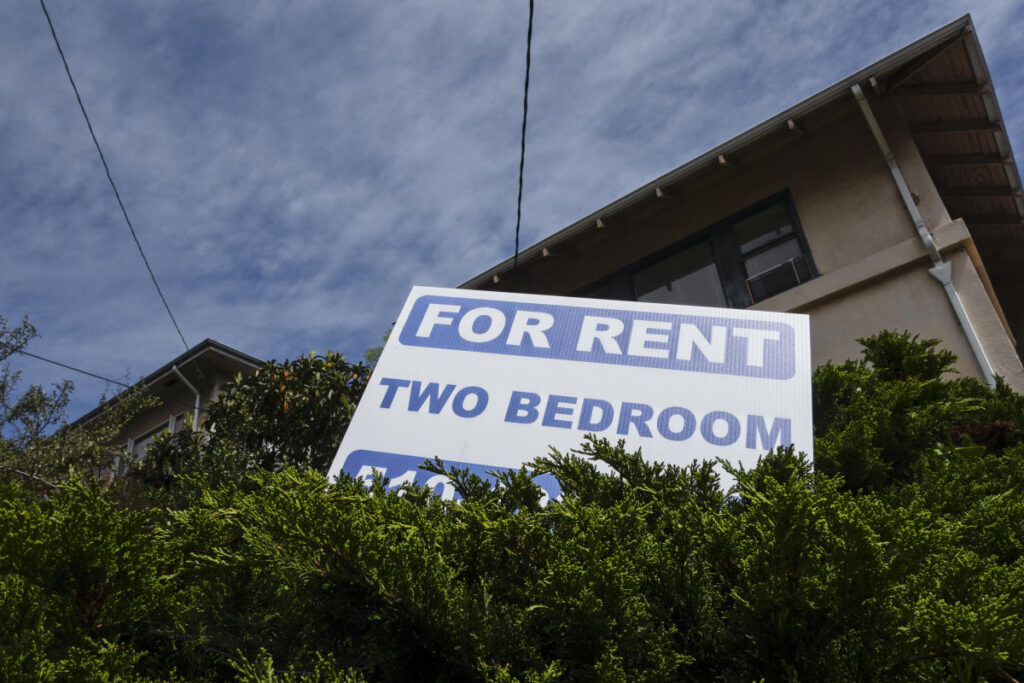A rent-to-own (RTO) agreement can appear appealing for many individuals tired of throwing money away on rent, particularly for those who aspire to be homeowners but find themselves unprepared due to poor credit, low savings, or other financial constraints. RTO arrangements allow potential buyers to rent a home with an option to purchase it later, creating an avenue for homeownership that may seem viable at first glance. However, experts, including the National Consumer Law Center (NCLC), argue that such agreements are often set up to fail, with a lack of evidence supporting their effectiveness in helping people achieve homeownership. While a small number of individuals may navigate the complexities of RTOs and find success, a broad understanding of how these agreements work, alongside their inherent risks, is critical for anyone considering this route.
An RTO deal functions as a legal contract entitling a renter to occupy a property while holding the option or commitment to buy it by the end of a predetermined period, often ranging from three to five years. Renters pay rent as usual, but a “rent premium” or “rent credit” is typically added to their monthly payment, which can potentially be applied to their future purchase. Most agreements also require an upfront payment of around 2% of the home’s purchase price, which is meant to go towards the down payment if the purchase eventually occurs. Despite the promise of homeownership, it is essential to note that renters often bear additional costs like maintenance, property taxes, and insurance—expenses generally covered by traditional renters. Should they choose not to buy at the end of the term, the renter forfeits all the additional funds spent throughout the agreement.
RTO contracts tend to be complicated due to their combination of lease and purchase elements, varying significantly in terms from one agreement to another. However, they generally fall under two categories: lease options and lease purchases. A lease option grants renters the right, but not the obligation, to buy the property, usually without the responsibility for maintenance and other costs, while a lease purchase obligates the renter to complete the purchase at the end of the term. Moreover, individuals considering an RTO arrangement should undertake due diligence similar to house buying; this involves investigating the property, negotiating the purchase price, and working with qualified professionals, including real estate agents and attorneys, to navigate the complexities and potential pitfalls associated with such contracts.
Despite their perceived benefits, the costs associated with rent-to-own agreements can be deceptively high, as they typically incur additional expenses that exceed traditional renting arrangements. Prospective renters need to be aware of various costs, such as non-refundable option fees, application and security deposits, fees for price locks, and increases in monthly rent payments. These expenses contribute to making RTO arrangements less financially attractive, particularly if the renter ultimately chooses not to purchase the property. Moreover, potential homebuyers should recognize that many of the fees associated with RTO agreements are non-refundable, meaning without following through on the purchase, a renter stands to lose substantial amounts of money over the lease period.
The reality surrounding rent-to-own contracts often exposes significant risks and pitfalls that renters may not fully understand. For instance, the chances of actually acquiring homeownership through RTO agreements are relatively low, while the likelihood of financial loss is high. If a renter misses even a single payment, they may waive their accumulated rent credit and face consequences like eviction or loss of the right to purchase the home. Such complexities and potential for fraud in the RTO market have earned it a questionable reputation, particularly as communities of color and lower-income neighborhoods are disproportionately targeted with misleading practices. In light of these challenges, prospective homeowners may find it more prudent to explore alternative strategies for achieving homeownership.
Those struggling to qualify for a mortgage might be better served by focusing on personal savings strategies, such as utilizing high-yield savings accounts or certificates of deposit (CDs) to accumulate funds. Additionally, many government-backed loans and first-time homebuyer programs offer more accessible pathways to homeownership. For example, the Federal Housing Administration (FHA) provides loans with a lower down payment requirement, enabling potential buyers to prepare for homeownership without the risks tied to rent-to-own agreements. Engaging with a reliable real estate agent knowledgeable in RTO agreements may also assist in spotting legitimate offers and avoiding scams, ensuring that individuals make well-informed decisions regarding their housing options.
In summary, while the allure of rent-to-own agreements might resonate with those deemed mortgage-ineligible, the reality of such contracts often spells trouble. Given the industry’s less-than-stellar track record marred by high costs, complexities, and frequent evictions, many renters confuse the potential for homeownership with hidden financial traps. Understanding the terms, weighing the risks, and opting for alternative methods to save for a home are critical steps for anyone considering an RTO path. As many face the possibility of losing substantial amounts of money, prioritizing education, responsible financial planning, and choosing more secure avenues becomes the key to achieving successful homeownership.

